Nestled high in the Karakoram mountains, the Hunza Valley is a place of breathtaking beauty and legendary longevity. For centuries, the people of this remote region have been known for their vibrant health and active lives, a phenomenon often attributed to their unique diet. At the heart of this nourishing cuisine is a simple yet profound food: Diram Fitti. This traditional breakfast bread is more than just a meal; it’s a testament to a healthy, resilient culture.
What is Diram Fitti? A Historical and Cultural Perspective
Diram Fitti, a name that translates roughly to “sprouted bread,” is a traditional dish from Hunza, Gilgit-Baltistan, and Chitral. Its origins are deeply rooted in the agricultural traditions of the region. As farmers and laborers, the Hunza people required a breakfast that was not only delicious but also provided sustained energy to power them through a day’s work in the fields.
The bread’s cultural significance extends beyond daily sustenance. Diram Fitti is a celebratory dish, often prepared for joyous occasions such as weddings or the birth of a child. Its preparation is a communal act, symbolizing the tight-knit bonds of the community and a shared appreciation for the simple, wholesome foods that sustain them.
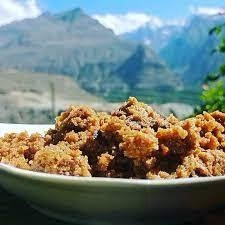
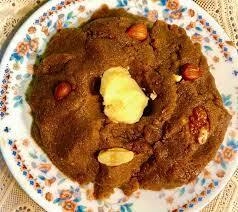
More Than a Meal: Special Occasions for Diram Fitti
The bread’s cultural significance extends beyond daily sustenance. Diram Fitti is a celebratory dish, symbolizing the tight-knit bonds of the community and a shared appreciation for the wholesome foods that sustain them. It is often prepared for joyous occasions such as:
- Weddings: The rich, sweet nature of the bread makes it a perfect dish for wedding celebrations, where it symbolizes a sweet and prosperous start for the new couple.
- The Birth of a Child: Diram Fitti is traditionally given to new mothers as a highly nutritious and energy-rich food to aid in their recovery and provide strength.
- Communal Feasts: It is also made during festivals and large community gatherings, where its communal preparation and sharing strengthen social bonds.
The Secret Ingredient: The Power of Sprouted Wheat
The key to Diram Fitti’s unique flavor and incredible nutritional value lies in its main ingredient: sprouted wheat. This is not a modern health trend but a time-honored practice in the Hunza Valley.
- How it’s Made: Whole wheat grains are soaked in water until they begin to germinate, a process that takes a few days. The sprouted grains are then thoroughly dried and ground into a nutrient-dense flour.
- The Benefits: Sprouting the wheat makes the nutrients more bioavailable, meaning the body can absorb them more easily. This process also gives the flour a natural sweetness, which is a signature of Diram Fitti and makes the bread delightful without any added sugars. This reliance on natural flavors and wholesome ingredients is a core tenet of the Hunza diet.
The Surprising Health Benefits of Diram Fitti
Diram Fitti’s simple ingredients combine to create a dish packed with health benefits, reflecting the Hunza people’s respect for their bodies and their environment.
- Easier Digestion: Sprouted grains are easier for the body to digest because the sprouting process breaks down starches and proteins.
- High Nutritional Value: The bread is a rich source of vitamins, minerals, and antioxidants, which are all essential for a healthy body.
- Sustained Energy: Its high-fiber content provides a slow release of energy, making it the perfect breakfast to keep you full and energized throughout the day.
- Healthy Fats: When served with apricot kernel oil, the dish is enriched with healthy unsaturated fats, which are vital for brain health and overall well-being.
A Detailed Guide to Preparation
While the traditional method involves cooking on a flat griddle (tava), some modern recipes adapt the dish for a conventional oven. Here is a detailed look at the ingredients and a recipe that stays true to the spirit of the dish.
Ingredients:
- 1 cup sprouted wheat flour (homemade or store-bought)
- ¼ cup of ghee or unsalted butter
- ¼ cup of sugar (optional, as sprouted wheat is naturally sweet)
- ¼ cup of water
- ¼ cup of chopped almonds or walnuts
- ¼ teaspoon of ground cardamom
Preparation:
- Form the Dough: In a mixing bowl, combine the sprouted wheat flour, ghee or butter, and sugar. Use your fingers to mix the ingredients until the mixture resembles coarse crumbs. Gradually add the water, kneading the dough until it is smooth and pliable.
- Shape and Garnish: Divide the dough into four equal, golf-ball-sized portions. Flatten each portion into a thin disc using your hands or a rolling pin. Place the discs on a baking sheet and sprinkle them generously with chopped nuts and a dash of cardamom.
- Bake: Preheat your oven to 350°F (180°C). Bake the discs for 10-15 minutes, or until they are lightly browned and cooked through.
- Serve: Let the Diram Fitti cool for a few minutes. It is traditionally served warm and drizzled with a generous amount of locally sourced apricot kernel oil. The combination of the sweet, nutty bread and the rich apricot oil is an unforgettable experience.
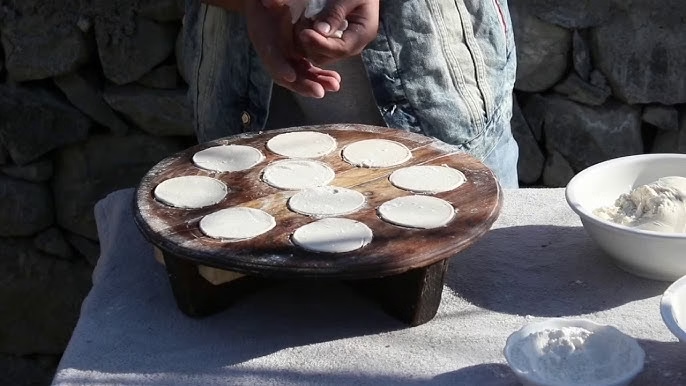
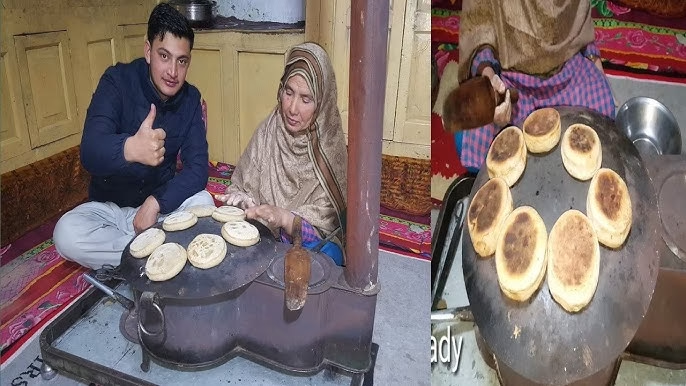
Embracing the Hunza Way of Life
Diram Fitti is more than a recipe; it’s a gateway into a culture that prioritizes health, community, and tradition. Its high-energy and nutritious profile provides the perfect start to a day, reflecting the Hunza people’s respect for their bodies and their environment. By incorporating the wisdom of ancient traditions into our modern lives, we can all learn a little something from the “Hunza way” of eating and living.
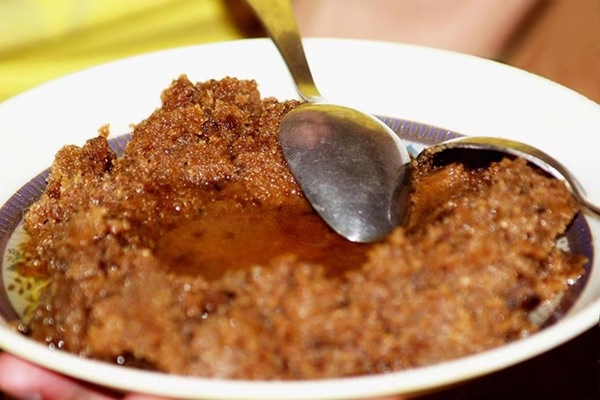
1 comment
Greetings! Very helpful advice on this article! It is the little changes that make the biggest changes. Thanks a lot for sharing!
https://www.zoritolerimol.com